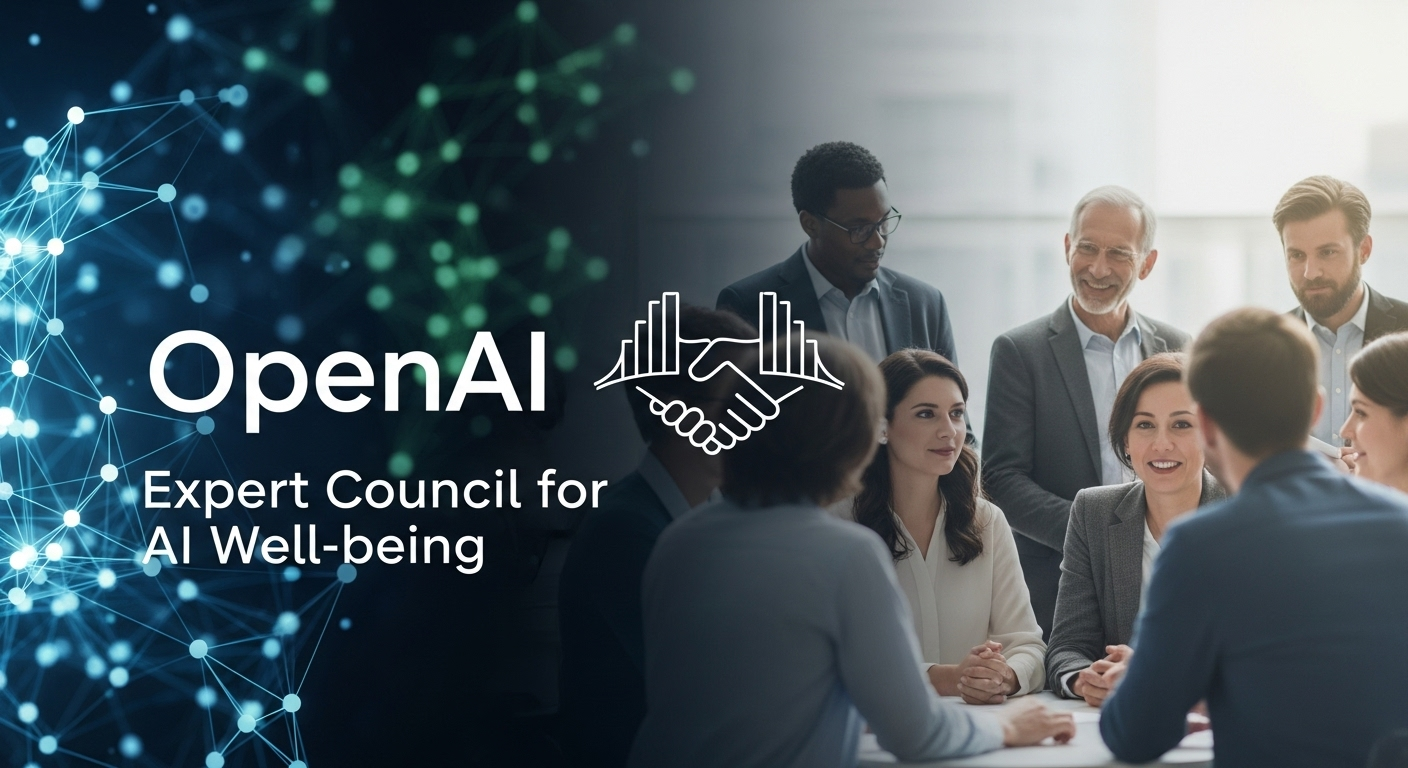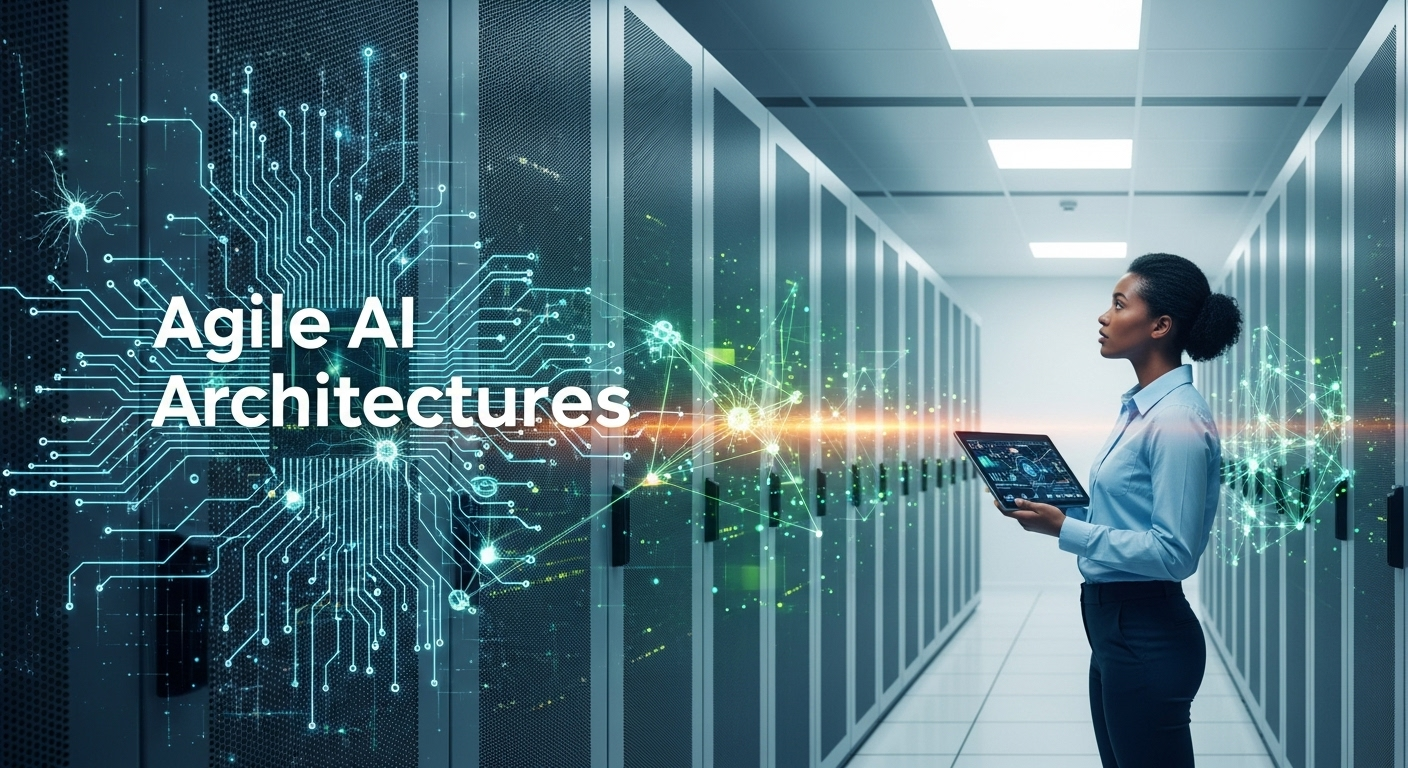OpenAI Unveils Expert Council on Well-Being and AI to Enhance Emotional Support
In a significant move to prioritize user well-being, OpenAI has established the Expert Council on Well-Being and AI. This council, comprised of leading psychologists, clinicians, and researchers, will guide the development and implementation of ChatGPT to ensure it supports emotional health, with a particular focus on teens. The initiative underscores OpenAI’s commitment to creating AI experiences that are not only advanced but also safe and caring.
The Mission: Shaping Safer AI Experiences
Why has OpenAI taken this step? The primary why is to shape safer, more caring AI experiences. The council will provide critical insights into how ChatGPT can be used responsibly to support emotional health. This proactive approach aims to mitigate potential risks and maximize the benefits of AI in the realm of mental well-being.
What does the council intend to achieve? The Expert Council on Well-Being and AI will focus on several key areas. They will evaluate the existing features of ChatGPT and offer recommendations for improvements. The council will also help develop new features that specifically cater to the emotional needs of users, particularly teens. This includes ensuring ChatGPT provides accurate, helpful, and empathetic responses.
Who’s Involved: A Team of Experts
The Expert Council on Well-Being and AI brings together a diverse group of professionals. These who include:
- Psychologists: Experts in human behavior and mental processes.
- Clinicians: Professionals with hands-on experience in treating mental health issues.
- Researchers: Individuals dedicated to studying and understanding the complexities of emotional health.
These experts will collaborate to offer a comprehensive understanding of how ChatGPT can best serve users. Their collective knowledge will be instrumental in making AI a positive force in people’s lives.
How ChatGPT Supports Emotional Health
How does ChatGPT support emotional health? The council will guide how ChatGPT can be used to offer support in a number of ways:
- Providing Information: ChatGPT can offer information about mental health issues, reducing stigma, and promoting awareness.
- Offering Support: The AI can provide a safe space for users to express their feelings and receive empathetic responses.
- Connecting to Resources: ChatGPT can help users find professional help and other resources when needed.
The council’s guidance will ensure that these functions are implemented ethically and effectively.
The Importance of Ethical AI
The establishment of this council highlights the growing importance of ethics in AI development. As AI becomes more integrated into daily life, it is crucial to consider its impact on user well-being. By focusing on emotional health, OpenAI is setting a precedent for responsible AI development.
This initiative is particularly relevant for teens, who are heavy users of technology and particularly vulnerable to the emotional effects of AI. By taking a proactive approach, OpenAI hopes to create a positive and supportive environment for its users.
Conclusion: A Step Towards a Caring AI Future
OpenAI’s Expert Council on Well-Being and AI represents a significant step towards a future where AI is not only intelligent but also caring. By prioritizing emotional health and working with leading experts, OpenAI is paving the way for safer, more supportive AI experiences. This proactive approach serves as an example for the industry, emphasizing the importance of ethical and responsible AI development.
The Expert Council on Well-Being and AI is a testament to OpenAI’s commitment to both technological advancement and user well-being. By focusing on the emotional needs of its users, particularly teens, OpenAI is setting a standard for the future of AI.
Sources:







